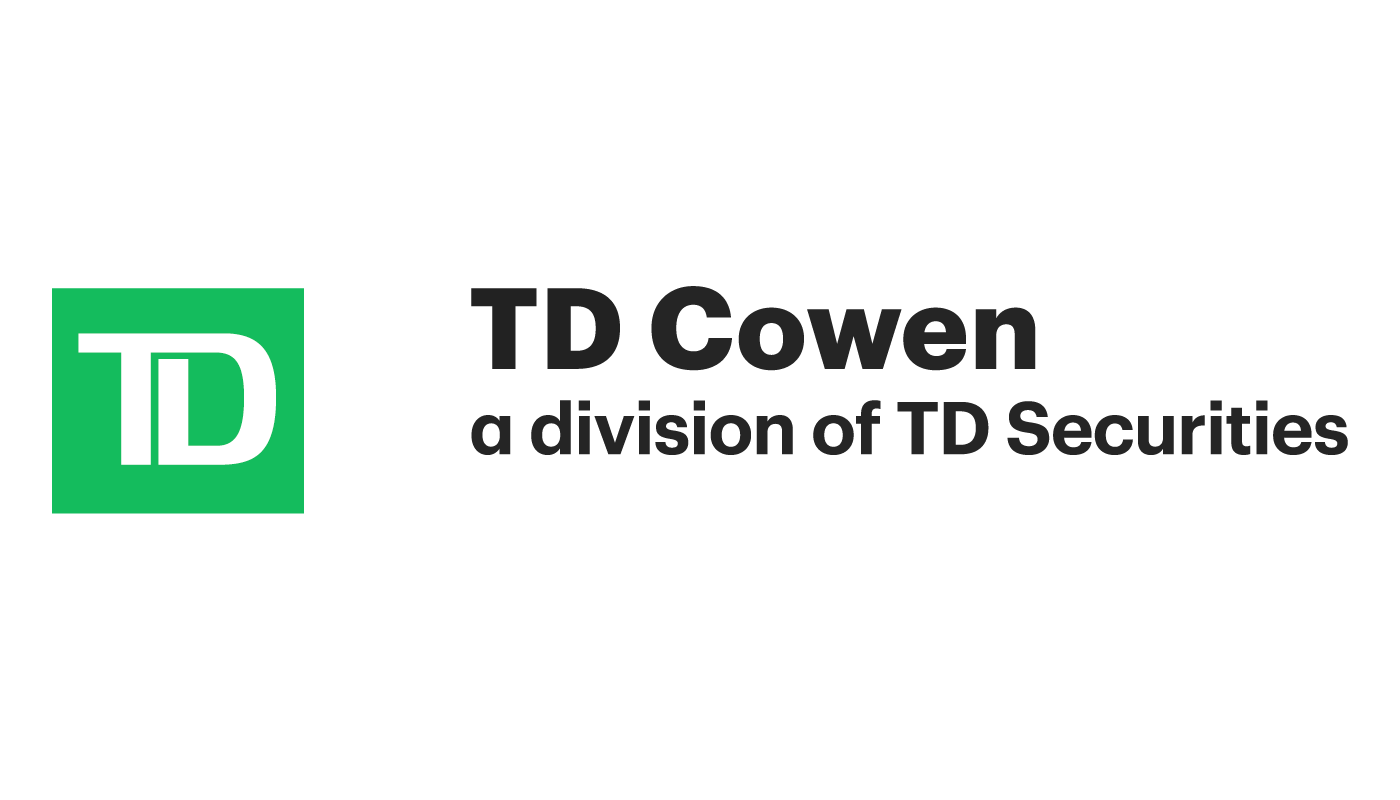Policy makers are poised to raise their benchmark federal funds rate by a quarter percentage point on Wednesday, to a range of 4.5% to 4.75%, dialing back the size of the increase for a second-straight meeting.
The move would follow a slew of recent data suggesting the Fed’s aggressive campaign to slow inflation is working.
“I expect that we will raise rates a few more times this year, though, to my mind, the days of us raising them 75 basis points at a time have surely passed,” Philadelphia Fed President Patrick Harker said in a Jan. 20 speech. “Hikes of 25 basis points will be appropriate going forward.”
Key questions for Fed Chair Jerome Powell at his post-meeting press conference will be how much higher the central bank intends to raise rates, and what officials need to see before pausing.
Fed officials have made clear they also want to see evidence that supply and demand imbalances in the labor market are starting to improve.
Hiring probably slowed in January, according to economists surveyed by Bloomberg, who projected employers added 185,000 jobs compared with 223,000 in December. They see the unemployment rate ticking up to 3.6%, still near a five-decade low, and expect average hourly earnings rose 4.3% from a year earlier, a slowdown from the prior month, according to their median estimate.
The Fed will get another important read on inflation Tuesday when the Labor Department releases the Employment Cost Index, a broad measure of wages and benefits. Figures on job openings for December are also due Wednesday, as well as a January survey of manufacturers.
What Bloomberg Economics Says:
“The Fed faces a dilemma: On the one hand, inflation data has come in softer than expected, and activity indicators have shown slowing momentum over the past month; on the other, financial conditions have eased as traders believe the Fed will soon switch to rate cuts. The data would justify smaller rate hikes, but the Fed is likely to see easier financial conditions — while inflation remains uncomfortably above-target — as a reason to act hawkishly.”
—Anna Wong, Eliza Winger and Niraj Shah, economists.
Elsewhere, the day after the Fed, the European Central Bank and the Bank of England will each probably raise rates by a half point, after euro-zone data are likely to show slowing inflation and a stagnating economy. Meanwhile, surveys from China might reveal improvement, Brazil’s central bank may keep borrowing costs unchanged, and the International Monetary Fund will publish its latest global economic forecasts.
 Agencies
AgenciesWhat’s coming up in the global economy.
Asia
China returns to work after the Lunar New Year holiday with the strength of its economy in close focus.
Official PMIs due on Tuesday are likely to improve sharply from December’s dismal readings, but the manufacturing sector is still not expected to return to a clear expansion. They’ll be followed by PMIs from across Asia on Wednesday.
Japan releases factory output, retail sales and jobless figures that may cast doubt on the strength of the economy’s rebound from a summer contraction.
India unveils its latest budget in the middle of the week as policy makers there try to keep growth on track while reining in the deficit.
 Agencies
AgenciesExport figures from South Korea will provide a pulse check on global commerce on Wednesday, while inflation figures the next day will be closely scrutinized by the Bank of Korea.
Trade figures are also due from New Zealand, though jobless figures will be the main concern for the RBNZ as it mulls the possibility of smaller rate hikes.
The Reserve Bank of Australia will be keeping an eye on house prices and retail sales data in the run-up to its rate decision the following week.
Europe, Middle East, Africa
Major rate decisions will dominate the news in Europe, with the first meetings of the year at central banks in both the euro zone and the UK.
Before the ECB on Thursday, key data will draw attention for clues on the path for policy. Economists are split on whether GDP for the euro area on Tuesday will show a contraction in the fourth quarter — potentially heralding a recession — or whether the region avoided a slump.
 Agencies
AgenciesThe next day, euro-zone inflation in January is anticipated to have slowed for a third month, though a small minority of forecasters predict an acceleration.
Growth and consumer-price data from the region’s three biggest economies — Germany, France and Italy — are also due in the first half of the week, making it a busy few days for investors.
The so-called core underlying measure of inflation may show just a slight weakening. That gauge is drawing more focus from officials justifying further aggression on policy tightening.
The ECB decision itself is almost certain to feature both a half-point rate increase and more details of the plan to wind down bond holdings built up over years of quantitative easing.
Given President Christine Lagarde’s penchant for hinting at future decisions, investors may focus on any outlook she divulges for March in her press conference, at a time when officials are increasingly at odds over whether to slow tightening.
 Agencies
AgenciesThe BOE decision will also take place on Thursday, and may too feature a half-point rate increase. That would extend the UK’s quickest monetary tightening in three decades. While inflation has fallen in each of the past two months, it remains five times the central bank’s 2% target.
That day, too, the Czech central bank is likely to keep rates unchanged at the highest level since 1999 and present a fresh inflation outlook.
Looking south, Ghana is expected to raise borrowing costs on Monday after faster-than-expected price growth in the last two months of 2022 and renewed volatility in the cedi, as the country negotiates a restructuring plan for its debt.
The same day, Kenyan policy makers are poised to slow tightening after inflation eased for two straight months. They’re expected to raise borrowing costs by a quarter-percentage point.
Egypt, where the yield on local Treasury bills has already widened to a record over peers in emerging markets, may hike rates again on Thursday with inflation running at a five-year high.
Latin America
Mexico this week becomes the first of the region’s big economies to post Oct-Dec output. Most analysts see GDP grinding lower for a third straight quarter, and more than a few forecast a mild recession some time in 2023.
 Agencies
AgenciesDecember remittance data due at midweek are likely to comfortably push the full-2022 figure over $57 billion, easily bettering the previous record annual haul of $51.6 billion set in 2021.
Chile over the course of three days posts at least seven economic indicators, led by the December GDP-proxy reading that’s expected to be consistent with an economy tipping into recession.
In Colombia, the readout of the central bank’s Jan. 27 gathering — where policy makers extended a record hiking campaign — will be posted on Tuesday. At 12.75%, BanRep may be nearing its terminal rate.
 Agencies
AgenciesIn Brazil, look for the broadest measure of inflation to have slowed in January while industrial output continues to struggle.
With inflation now only making glacial progress back to target, Brazilian central bankers this week have little choice but to keep the key rate at 13.75% for a fourth meeting. Economists surveyed by the bank see just 229 basis points of slowing over the next four years, which would mean missing the target for a seventh straight year in 2025.





































